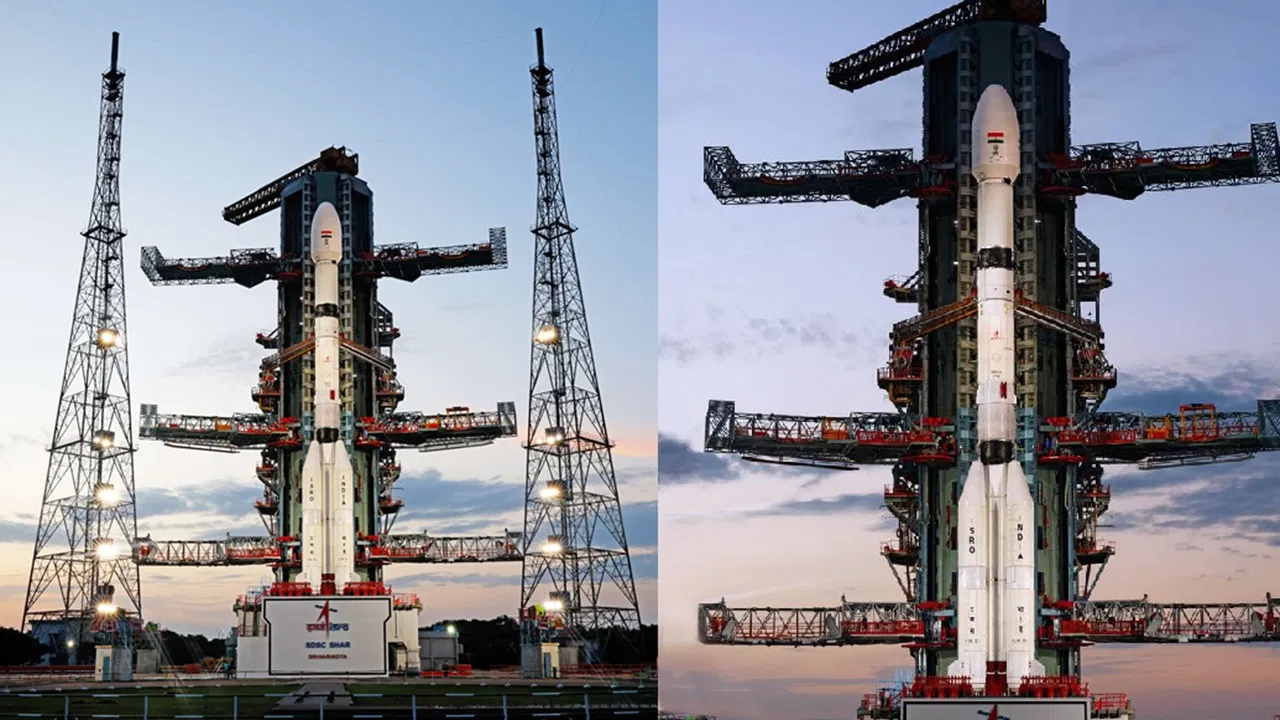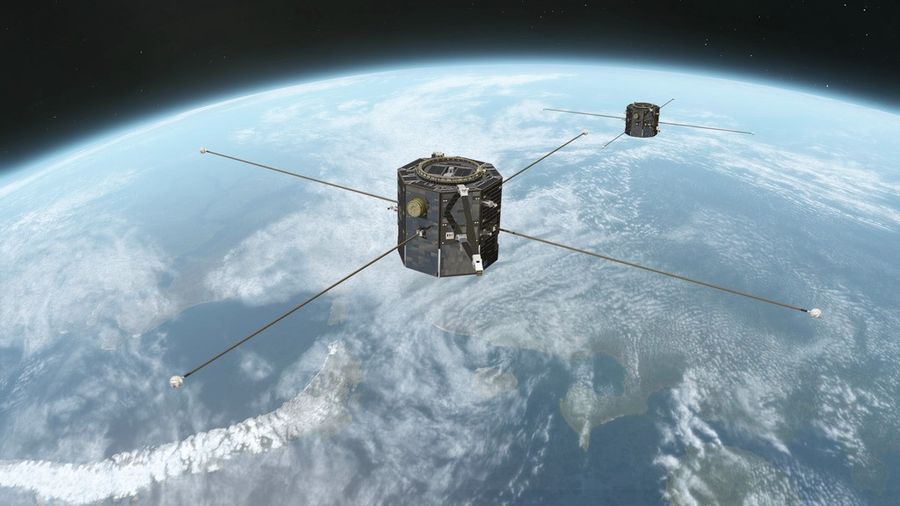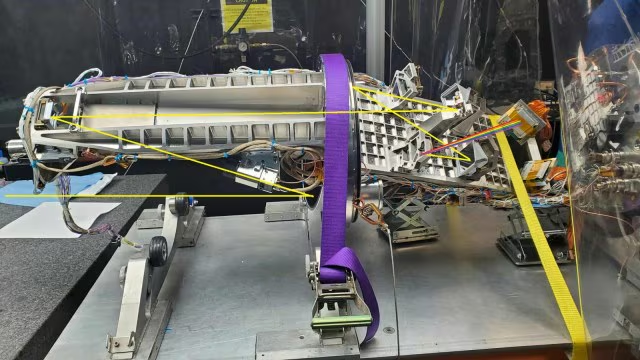




Source: NEWSONAIR
Disclaimer: Copyright infringement not intended
The third Copernicus Sentinel-1 satellite was launched last night aboard a Vega-C rocket from Europe’s Spaceport in French Guiana.
Aspect |
Details |
|
Significance of Launch |
Marks the return of the Italian-built Vega-C launcher two years after its first commercial mission failed. Sentinel-1C is the third satellite in the Sentinel-1 series under the Copernicus program. |
|
Mission Goals |
To deliver high-resolution radar images for monitoring Earth’s environmental changes. To enhance applications such as disaster management, climate monitoring, and maritime traffic tracking. To advance scientific research related to Earth Observation (EO). |
|
Key Features of Sentinel-1C |
Equipped with synthetic aperture radar (SAR) for all-weather, day-and-night monitoring. Continuation of the legacy of Sentinel-1A and 1B ensuring continuity in radar data. Improves Copernicus’ capabilities for environmental and security applications. |
Aspect |
Details |
|
Introduction |
The Copernicus Program is the European Union's Earth Observation (EO) initiative managed by the European Commission in partnership with the European Space Agency (ESA). Launched in 2014, it aims to monitor and manage the environment effectively. |
|
Objectives |
To provide accurate, timely and easily accessible information to improve environmental management. To support civil security and disaster management efforts. To contribute to climate change mitigation and adaptation. |
|
Key Features |
Operates as a free and open data policy. Relies on a combination of satellite and ground-based data. Provides services in six main domains: land, marine, atmosphere, climate change, emergency management and security. |
|
Satellites in Use |
The program relies on Sentinel Satellites, specifically designed for EO: Sentinel-1: Radar imaging for land and ocean monitoring. Sentinel-2: Optical imaging for land cover and vegetation. Sentinel-3: Marine and atmospheric monitoring. Sentinel-4 and Sentinel-5: Air quality and atmospheric monitoring. Sentinel-6: Sea-level monitoring. |
|
Components |
Space Component: Sentinel satellites and contributing missions by other countries or agencies. Services Component: Thematic services across six domains. In-Situ Component: Ground-based measurements supporting satellite data. |
|
Applications |
Urban planning, agriculture, deforestation and land-use changes. Coastal zone monitoring, marine safety and ecosystem management. Air quality assessment and greenhouse gas emissions. Disaster risk reduction, monitoring natural disasters like floods and wildfires. Long-term data for climate analysis and predictions. Border surveillance and maritime security. |
|
Implementation |
The European Commission oversees policy and funding. ESA develops, launches and manages Sentinel satellites. The European Environment Agency (EEA) coordinates in-situ data collection. |
|
Funding |
Funded by the European Union’s multi-annual financial framework (MFF). The program is supported under the EU Space Programme budget. |
|
Key Milestones |
2008: Concept of Copernicus initiated as GMES (Global Monitoring for Environment and Security). 2014: Renamed Copernicus; launch of Sentinel-1. 2023: Launch of Sentinel-1C expanding SAR monitoring capabilities. |
Sources:
|
PRACTICE QUESTION Q.Consider the following statements regarding the Vega-C Rocket:
Which of the statements given above is/are correct? (a) 1 and 2 only (b) 2 and 3 only (c) 1 only (d) 1, 2 and 3 Answer: (a) Explanation: Statement 1 is correct. Vega-C was developed by ESA to improve upon the capabilities of the original Vega rocket. Statement 2 is correct. Vega-C features a solid propulsion system for its first three stages and a liquid propulsion system for the upper stage. Statement 3 is incorrect. Vega-C is primarily designed for low Earth orbit (LEO) missions and not for geostationary satellite launches. |






© 2025 iasgyan. All right reserved